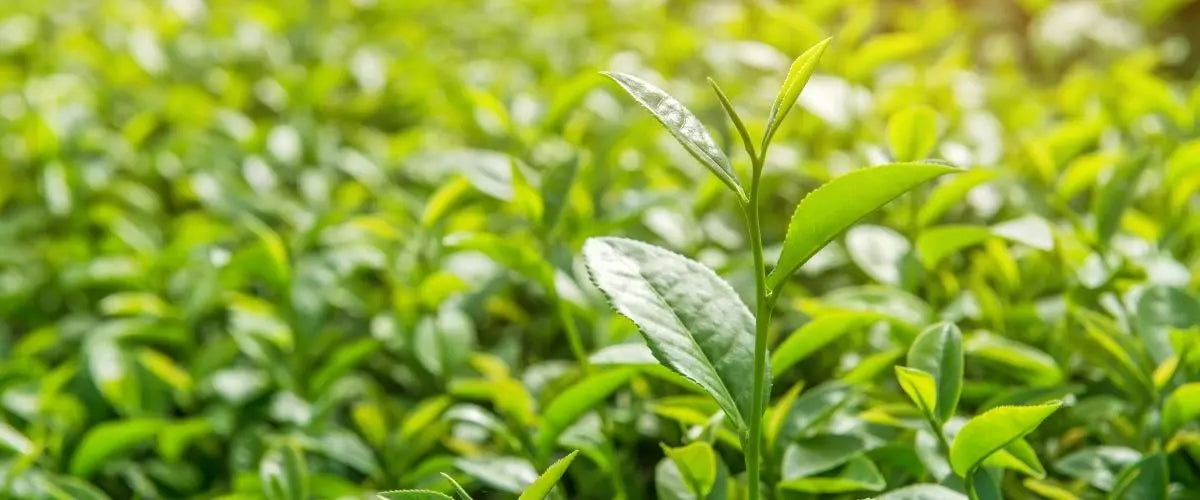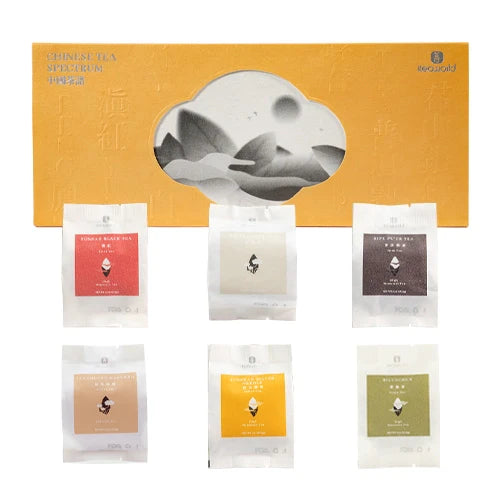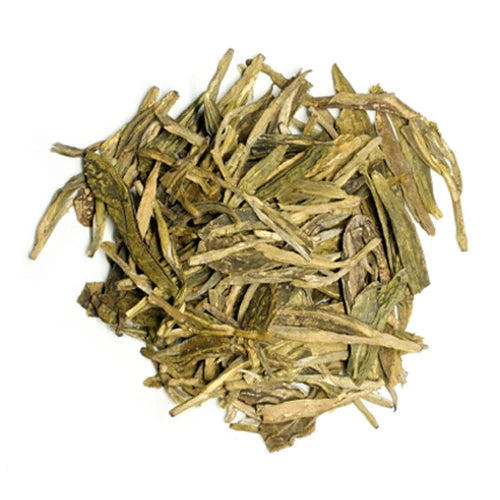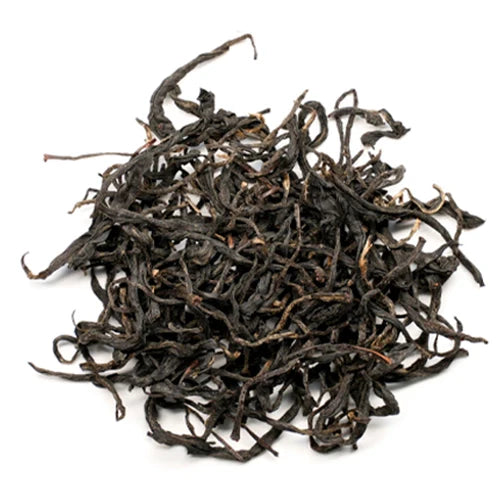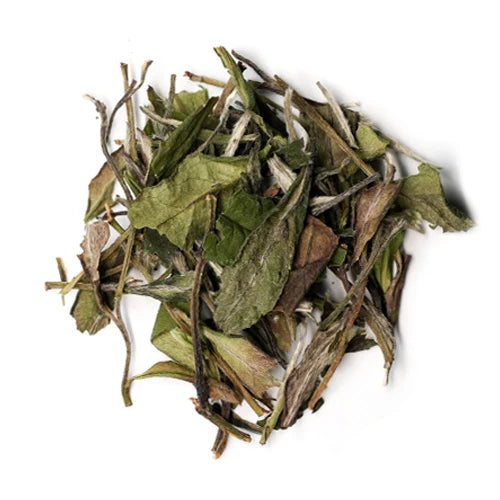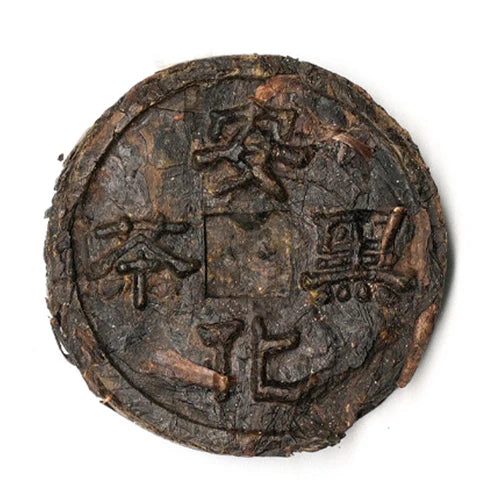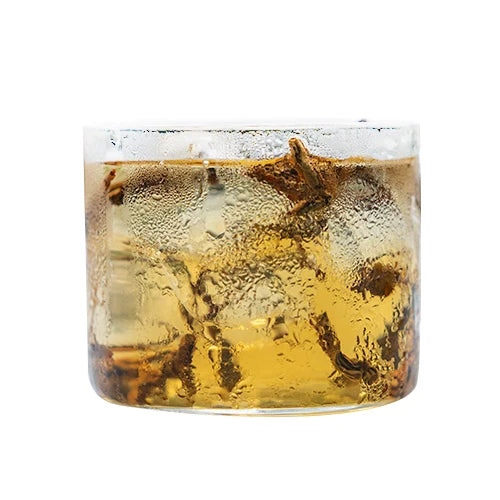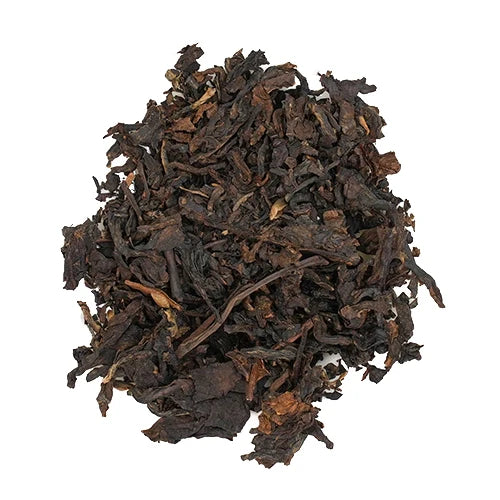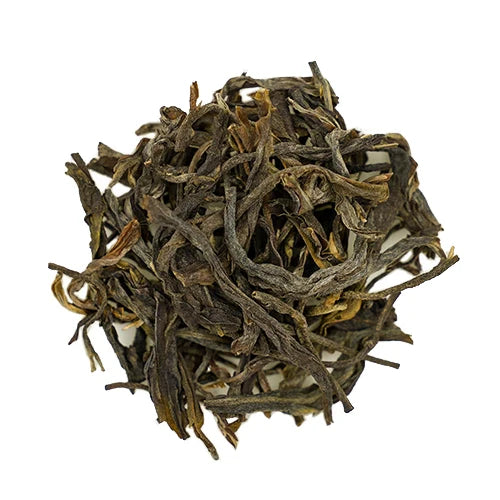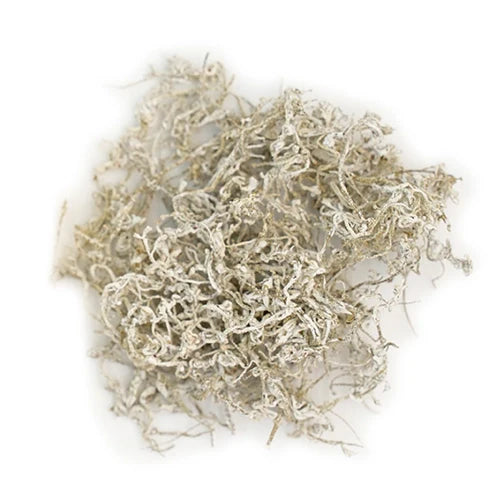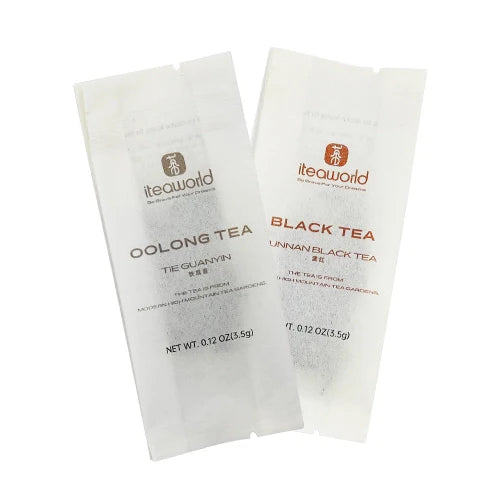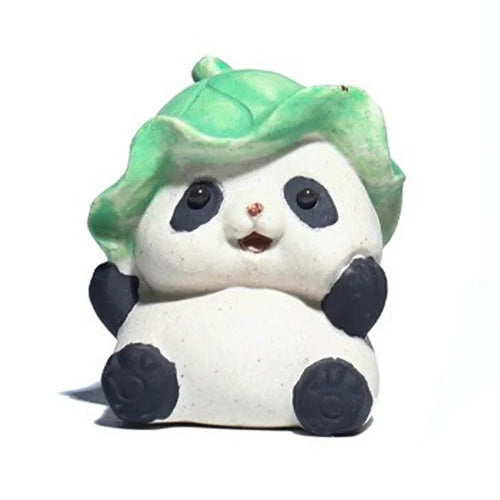How to Identify Authentic First Flush Chinese Tea: A Guide to the Best Loose Leaf Green Teas
First Flush Green Tea, the earliest harvest of the tea season, is celebrated for its delicate flavor, freshness, and exceptional quality. Known as the pinnacle of Chinese tea, this premium loose leaf green tea captures the essence of spring tea with its tender leaves and vibrant aroma.
In this guide, we’ll explore what makes First Flush Green Tea so special, how to identify authentic varieties, and why best green teas like Dragon Well (Longjing), Bi Luo Chun, Huang Shan Mao Feng, and En Shi Yu Lu from iTeaworld stand out in the world of loose leaf tea.
1. What is First Flush Green Tea? Why It’s the Best Green Tea?
First Flush Green Tea is the first harvest of tea leaves in spring, prized for its tender, nutrient-rich leaves and fresh, floral flavor. This early plucking results in a light, fragrant tea with a higher antioxidant content, making it one of the best green teas available. Chinese tea varieties like Dragon Well (Longjing) are renowned for their exquisite first flushes, offering a perfect balance of sweetness and delicate fragrance.
2. How Many Times is Green Tea Harvested in a Year?
The number of harvests for green tea in a year depends on the tea plant variety, growing environment, and climatic conditions. Generally, green tea is harvested 3-4 times per year, with the main harvesting seasons as follows:
Spring tea: From February to May, this tea has a fresh, crisp taste, a strong aroma, and high nutritional value, offering the best quality.
Summer tea: From June to July, the yield is higher, with a higher content of tea polyphenols, though it tends to be slightly bitter with a distinctive fragrance.
Autumn tea: From August to October, this tea has a good fragrance and a refreshing taste.
In some warmer regions or well-managed tea gardens, there may be additional harvest rounds.
3. What Are the Differences in the Main First Flush Harvesting Times?
The harvesting times for China's main first flush green teas vary due to differences in geography and climate. Here are the harvesting periods for some representative green teas:
Longjing (Dragon Well): Longjing 43 tea trees are usually harvested from mid to late March, while other varieties are harvested later, especially Mingqian Longjing (pre-Qingming Longjing), which is picked before the Qingming Festival (April 4-6).
Bi Luo Chun (Green Snail Spring): Usually harvested from late March to early April, with the exact timing depending on the climate, typically before Qingming.
Huangshan Mao Feng: Harvested from late March to early April, with the exact time varying depending on altitude and climate conditions.
Enshi Yulu (Enshi Jade Dew): Typically harvested from late March to early April, depending on the local climate.
The specific harvesting period each year may vary slightly due to climatic conditions (such as temperature and precipitation), but it generally falls between February and early April.
Earliest Harvest: Southwest tea regions (e.g., Yibin Early Tea, Mengding Ganlu), from February to March.
Latest Harvest: North of the Yangtze River tea regions (e.g., Xinyang Maojian, Rizhao Green Tea), from late March to early April.
Jiangnan Tea Region: Mid-to-late March to early April, this area is the primary production zone for first-flush green tea.
4. How to Identify Authentic First Flush Green Tea?
Now that we know why First Flush Green Tea is special, how can we ensure we’re drinking the real deal? Here are a few key characteristics to look for:
Appearance: Authentic first flush leaves, especially those from premium loose leaf green tea, should be uniform in size and shape, with a distinct light green color.
Aroma: Authentic first flush green tea should have a fresh, grassy, floral aroma, often with hints of chestnut or a subtle sweetness.
Liquor Color: When brewed, first flush green tea should produce a clear, light green or yellowish liquor. The color can be slightly different depending on the variety, but it should always be bright and vibrant.
Taste: The taste of first flush green tea is typically light, smooth, and refreshing. There should be no bitterness—just a clean, slightly sweet, and mildly vegetal flavor.
5. What Does First Flush Green Tea Taste Like?
The flavor of First Flush Green Tea is unparalleled. It’s often described as fresh, sweet, and floral with a slight vegetal undertone. Teas like Huangshan Maofeng exhibit a mild sweetness that lingers on the palate, while Bi Luo Chun brings a fragrant floral note akin to fresh spring blossoms.
Compared to regular green teas, first flush varieties have a more complex and delicate profile. The lower bitterness and lighter texture make them the perfect introduction to the world of loose leaf green tea for newcomers.
6. How Long to Steep First Flush Green Tea?
To experience the true qualities of First Flush Green Tea, steeping it correctly is essential. Here’s how:
Water Temperature: The ideal water temperature should be around 80°C (176°F).
Tea Quantity: Mix 3-5 grams of tea with 150 milliliters of water (adjusted according to taste).
Steep Time: First flush tea should only be steeped for 1-3 minutes (adjusted according to taste).
The best green tea doesn’t require aggressive steeping methods. A gentler approach will highlight its natural sweetness and floral aroma.
7. How to Make Green Tea Taste Good?
To ensure your First Flush Green Tea tastes its best, you’ll need to adjust a few factors during preparation. Here are some tips:
Water Quality: Always use purified water or mountain spring water. Tap water with a high mineral content can alter the taste.
Tea Pot: Using a glass teapot or Gaiwan allows the tea leaves to expand and release their flavor.
8. Does First Flush Green Tea Expire?
Ideally, First Flush Green Tea should be consumed within 6-12 months of harvest to ensure maximum freshness and flavor. To preserve the tea, store it in an airtight container and keep it in the refrigerator at 32°F to 41°F (0°C to 5°C), away from sunlight, moisture, and strong odors. If your loose leaf tea starts to smell musty or becomes stale, it’s a sign that it’s no longer at its best.
9. Health Benefits of First Flush Green Tea
Does Green Tea Stain Your Teeth? Unlike dark teas, First Flush Green Tea is less likely to stain your teeth due to its light, clear liquor. Its delicate nature means it has fewer tannins, the compounds responsible for staining.
Will Green Tea Help with Bloating? Yes! First Flush Green Tea can help alleviate bloating. Its natural antioxidants and mild diuretic effect promote digestion, reducing bloating, leaving you feeling more comfortable.
Does Green Tea Help with Constipation? Green tea, including First Flush Green Tea, can assist with digestion. It contains compounds that stimulate bowel movements, making it a natural remedy for occasional constipation without being harsh on the stomach.
Can Green Tea Cause Kidney Stones? Moderate consumption of First Flush Green Tea is not linked to kidney stones. While it contains caffeine and oxalates, research suggests that drinking it in moderation is safe.
10. Conclusion: Why First Flush Chinese Green Tea is Worth the Effort?
First Flush Green Tea is a luxurious, healthful choice for tea enthusiasts. Its delicate flavor, vibrant aroma, and premium quality make it a standout among best green teas. Explore iTeaworld’s collection of authentic Chinese teas, including Dragon Well, Bi Luo Chun, Huangshan Maofeng, and Enshi Yulu, to experience the true essence of loose leaf green tea. Elevate your tea journey today!













